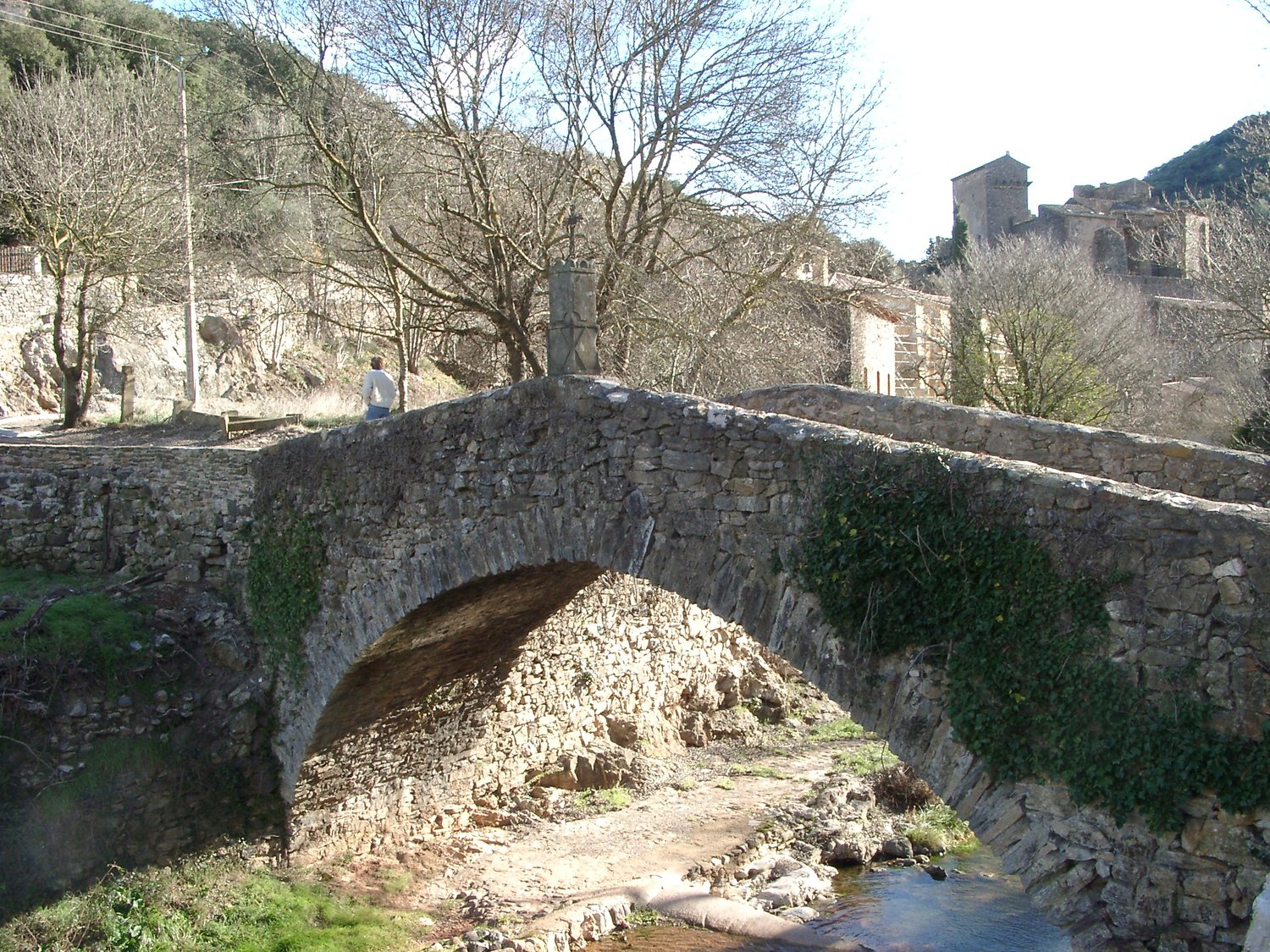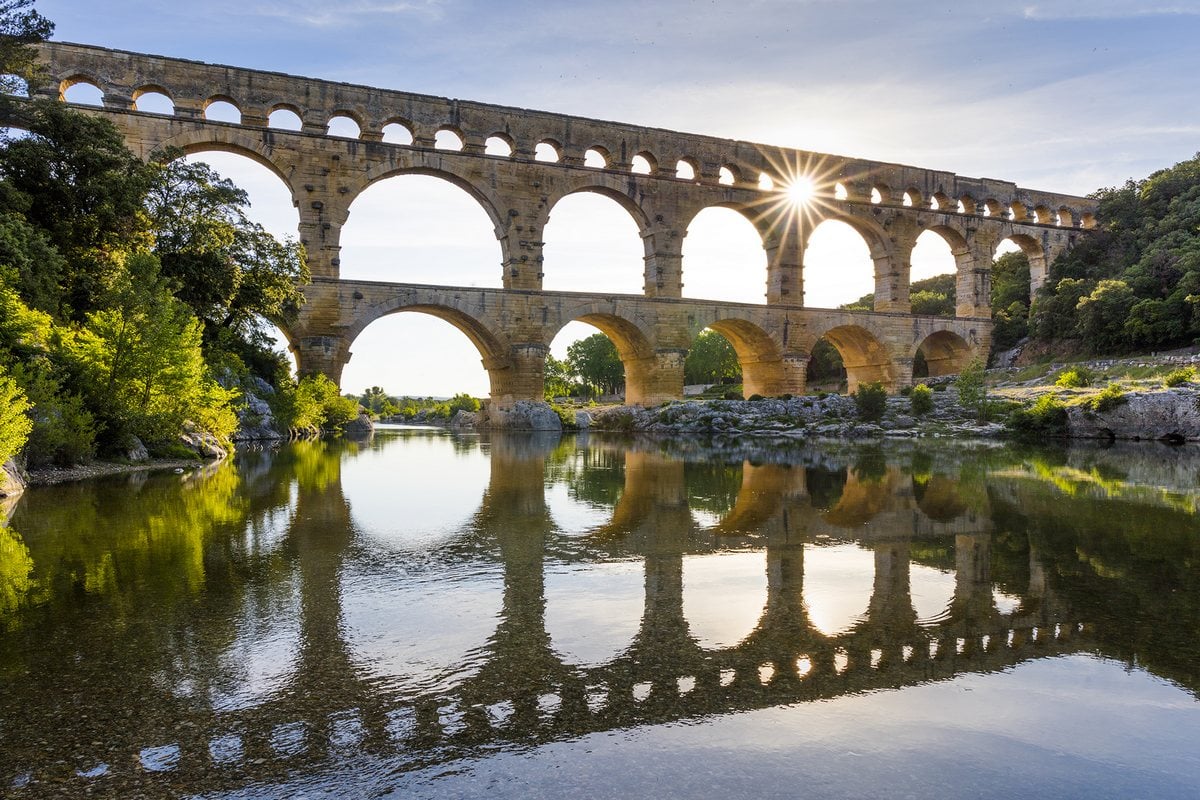The Parthenon and the Colosseum are two of the most amazing ancient structures still standing today: a temple in Athens dedicated to the goddess Athena built in the 5th century BCE and the largest standing amphitheatre in the world built in 80 CE in Rome. How can such amazing architectural treasures still exist today? Take the famous Pont du Gard aqueduct in France which is 900 feet long with numerous semicircular arches. The Romans were extraordinary builders and skilled workmen who used a natural cement called ‘pozzolana’ for the support arches.
Like most people, my interest in building materials started with a modest DIY project in my own home. I had to create a barrier to prevent water from getting into my double garage and office space. I had seen a guy down the street doing a driveway so I asked him whether I could have a few buckets of hot asphalt coming off his machine. I laid down the hot asphalt and worked it into shape along the bottom of the garage door. It did the trick—no more water flooding into my office. Over the years, I have had to replace the mortar around the bricks of the chimney on my house and to resurface the driveway walls. I'm still amazed at how great all these cement products are and how easy they are to apply.
Cement mortar used to hold bricks together is quite an amazing product. I was reading recently about the soft mortar used in old brick colonial houses in and around Washington D.C. The soft mortar is still holding the bricks together after some 200 years. At the time the mortar was made with hydrated lime and sand. Hydrated lime is powdered limestone and chemically binds the sand when you add water. It is a very durable material and was used in lots of national monuments and government buildings made from blocks of limestone. So why is hydrated lime sometimes better than traditional Portland cement? Portland cement is a powder made by heating limestone and clay to very high temperatures. Lime and cement are both very effective binders. Cement has more compressive strength but is much more brittle. Lime is well suited for use in older buildings where flexibility is important.
But perhaps the most amazing thing about these building materials is their endurance. There are lots of ancient structures built by Roman engineers, Mayan masons and Chinese builders that are still standing today while scores of recent structures are starting to come apart. Concrete poured today has a lifespan of only around 50 to 100 years. Recent reverse engineering studies have shown that old concrete can get stronger over time and heal cracks in the structure. The scientists believe it has to do with the mixing of the lime. Researchers at first believed that the Roman engineers weren't very good at mixing up their materials. They left numerous chunks of lime in the mix which are apparent throughout their concrete structures. Over time, water would get into the lime and produce new chemical reactions that can help fill in damaged sections of the concrete. The concrete sustains itself over time. Although old Roman concrete had great staying power, it couldn't carry heavy loads. "You couldn't build a skyscraper with Roman concrete," said John Oleson, an archeologist at the University of Victoria. "It would collapse when you got to the third floor."
When our civilization as we know it comes to an end and the survivors look around at our cities and structures after a century of wear and tear from the elements, they will certainly find them lacking in staying power. Most will be crumbling away or have collapsed under their own weight. Future generations will probably still admire those wonderful old bridges, roads, aqueducts and walls built by the Romans but not much else will remain standing. There will be very little of our own civilization left to admire.



Comments ()